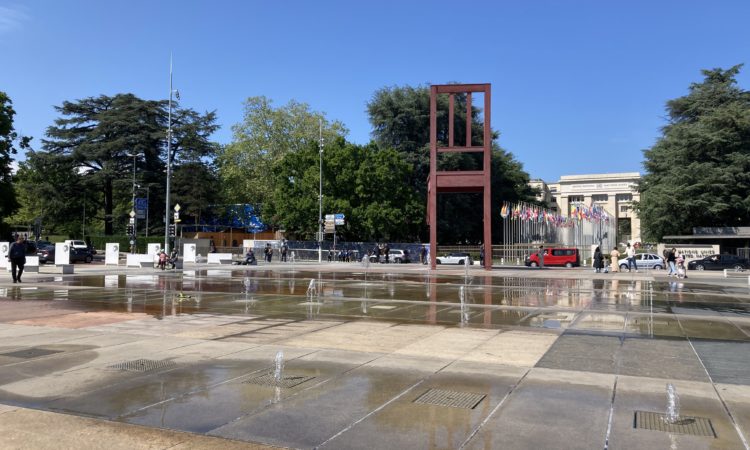Today I learned that Switzerland has a map that shows which communes have the most swimming pools per capita. Nyon has 50 swimming pools. That’s 2,3 per thousand people. Blonay St Legier has 336. Collonge- Bellerive has 491, as you’d expect.
Switzerland has, on average, one swimming pool per 155 people. They cover an area of around 2,500,000 square meters.
The Water Impact
Switzerland has 56,000 private pools that contain 3.5 billion litres of water according to their estimate. That’s an enormous amount of water. This doesn’t include the indoor private pools. As droughts become more common the concept of having a private pool becomes more and more absurd. It becomes absurd because private pools require a huge amount of water, and are seldom used.
It would be interesting to see a chart of “litres of water used per swim” where evaporation, splashing and other factors are taken into account. Swimming pools lose a lot of water, especially on hot water.
Remember that we have been in an age of stopping the water when we’re brushing our teeth and washing our hands. We’re in an age of showers rather than baths. Within this context it makes sense to look at pools and consider their water impact on the environment.
Having said this there is one saving aspect. The water that runs off from pools shouldn’t be dirty or dangerous for the environment. It’s that so much of it is lost and wasted in evaporation. That’s when the requirement to cover pools when they’re not in use would make sense. It would save a lot in water.
Saving Petrol
In theory, with more private pools, and if they are shared with friends, either in the neighbourhood or elsewhere, then pools could be more efficient. If pools are set up with a cover for when they are not in use then they heat up faster, thanks to the sun, but evaporation is also greatly reduced, thus making the pool more ecological.
They also spoke in the video report about setting up outdoor pools every summer, for some people, and that these outdoor pools were filled in summer, and emptied for winter. At least with permanent pools they are filled once, and then topped up.
I didn’t hear any discussion about collecting rain water to keep pools filled with water and I didn’t mention a comparison with green lawns and more. Does a pool use more water than a watered garden?
Trees Instead of Pools
Although not discussed in the report they should have explored the benefit of having trees, rather than pools. If we’re walking on a warm day we notice the thermocline as soon as we get near woods. We notice that the temperature goes from being like an oven, to cool and refreshing. Not only do trees keep air cool and provide shade, but they are able to gather their own water from deep underground. You get to feel cool, while dressed.
Lakes, Rivers and Public Pools
Nyon has the Piscine du Rocher, Piscine de Cossy and Colovray, three public pools that people can use, three all year round, in theory, and two for winter. The lakes, during heat waves are warm enough for swimming, as are some rivers and more. In theory there is no need for them to have so many swimming pools.
And Finally
Some communes, like Cheserex, built communal swimming pools, that people could use year round. In winter you can sit outdoors and get cooked by the sun, before going for a swim. In winter you can go for a swim, and then go home, without using the car, if you live in neighbouring villages.
The report often spoke of the desire for private pools stemming from lockdowns. I would see it as being due to heatwaves that are constant for two or three months a year now. During a heatwave the desire to cool down is strong.
Communal pools, and trees would help people cool down, without the environmental impact of private swimming pools.

Leave a Reply